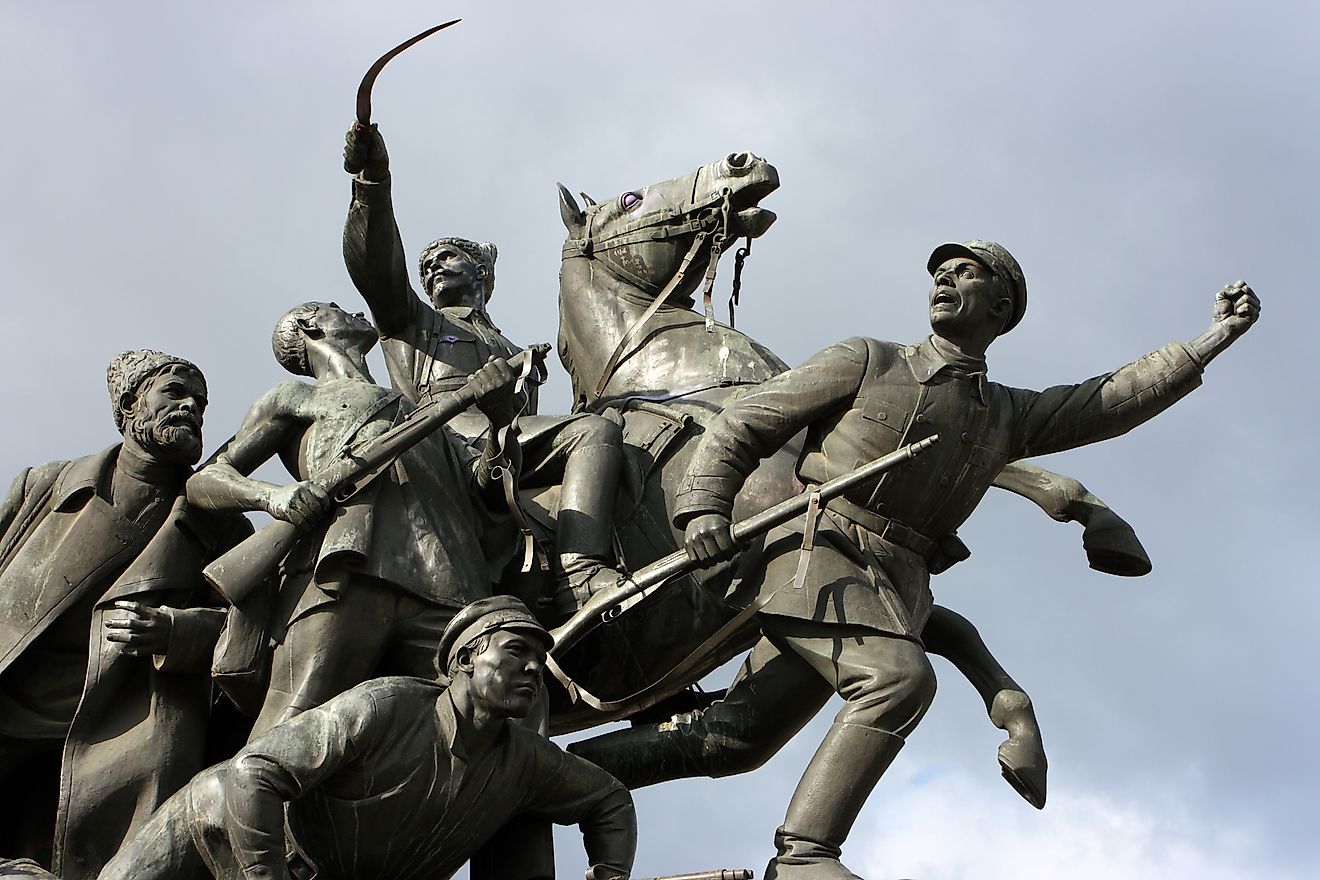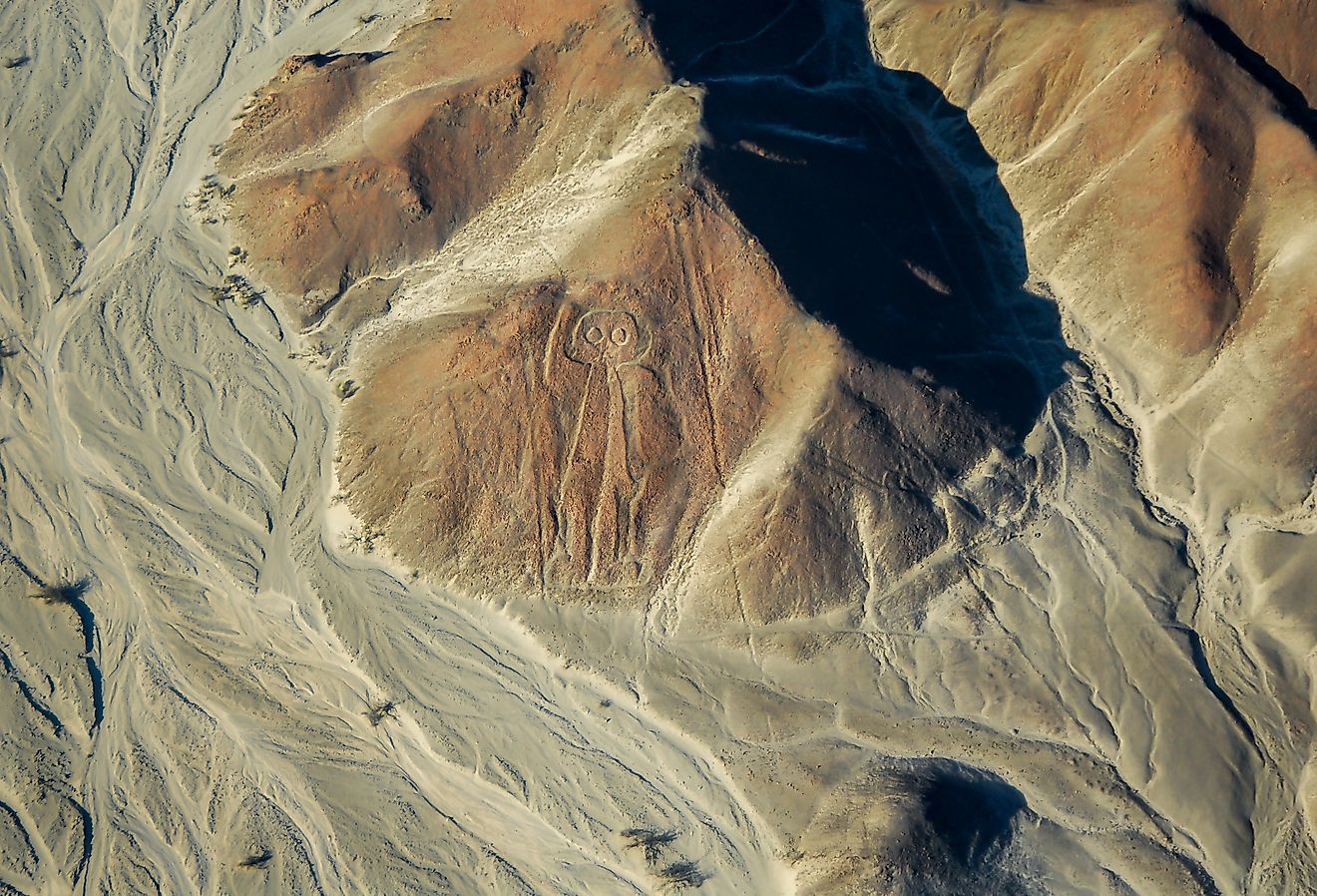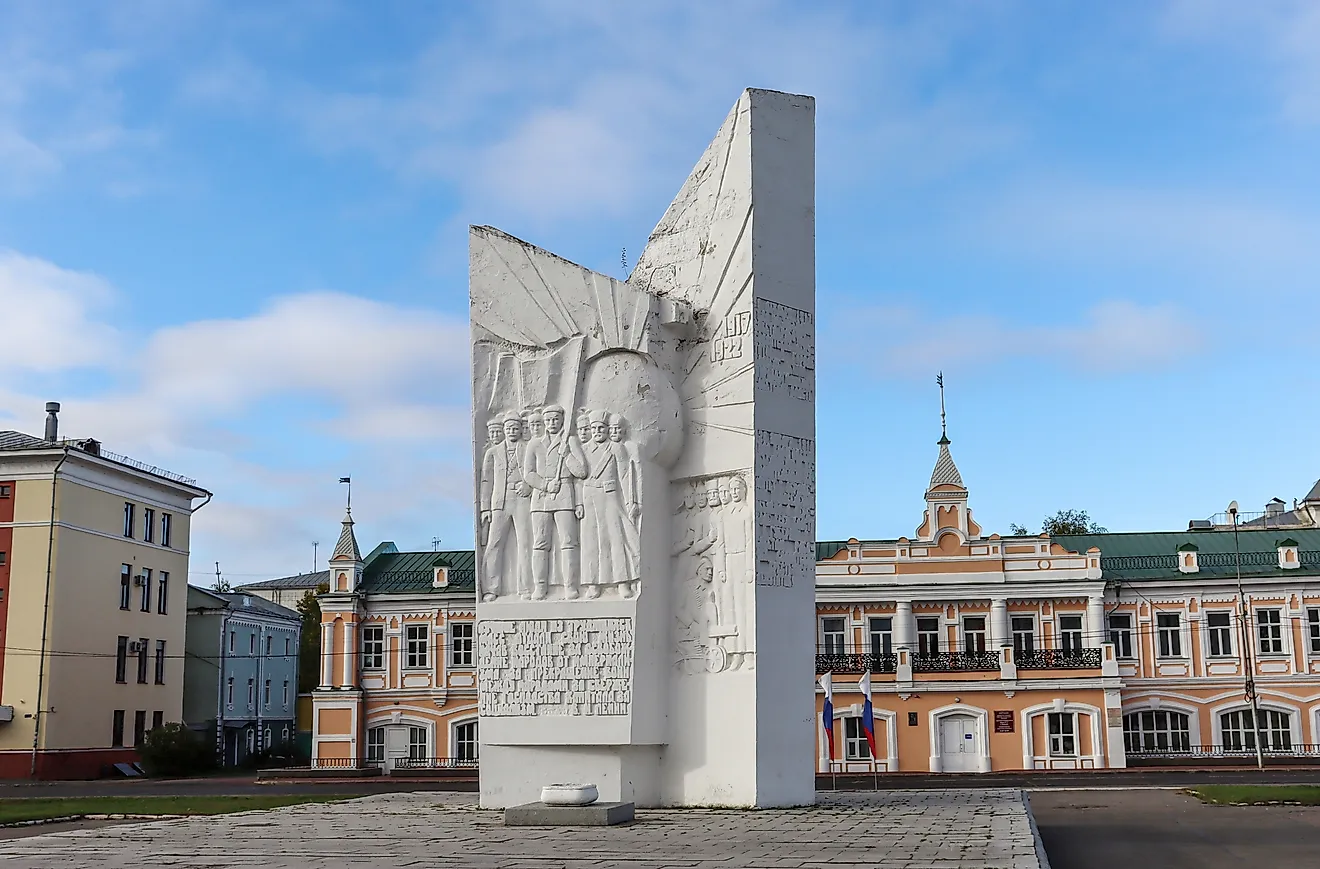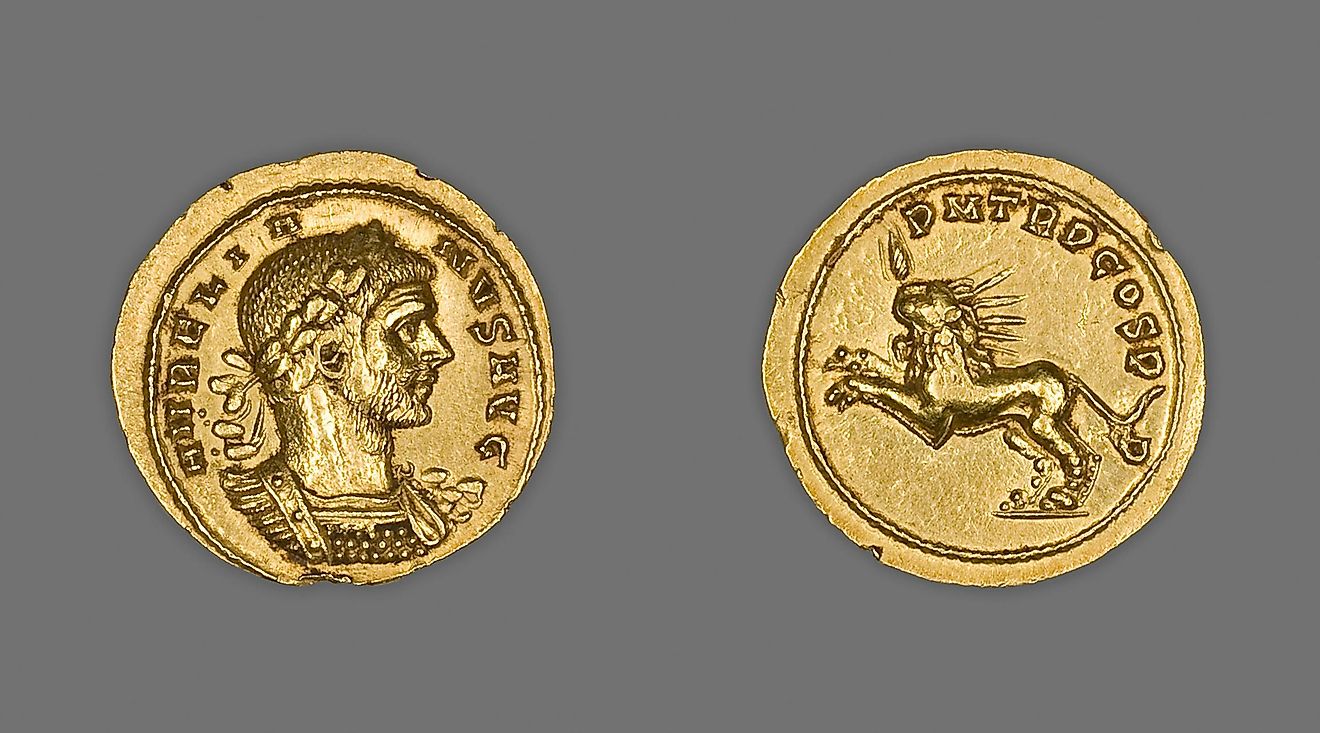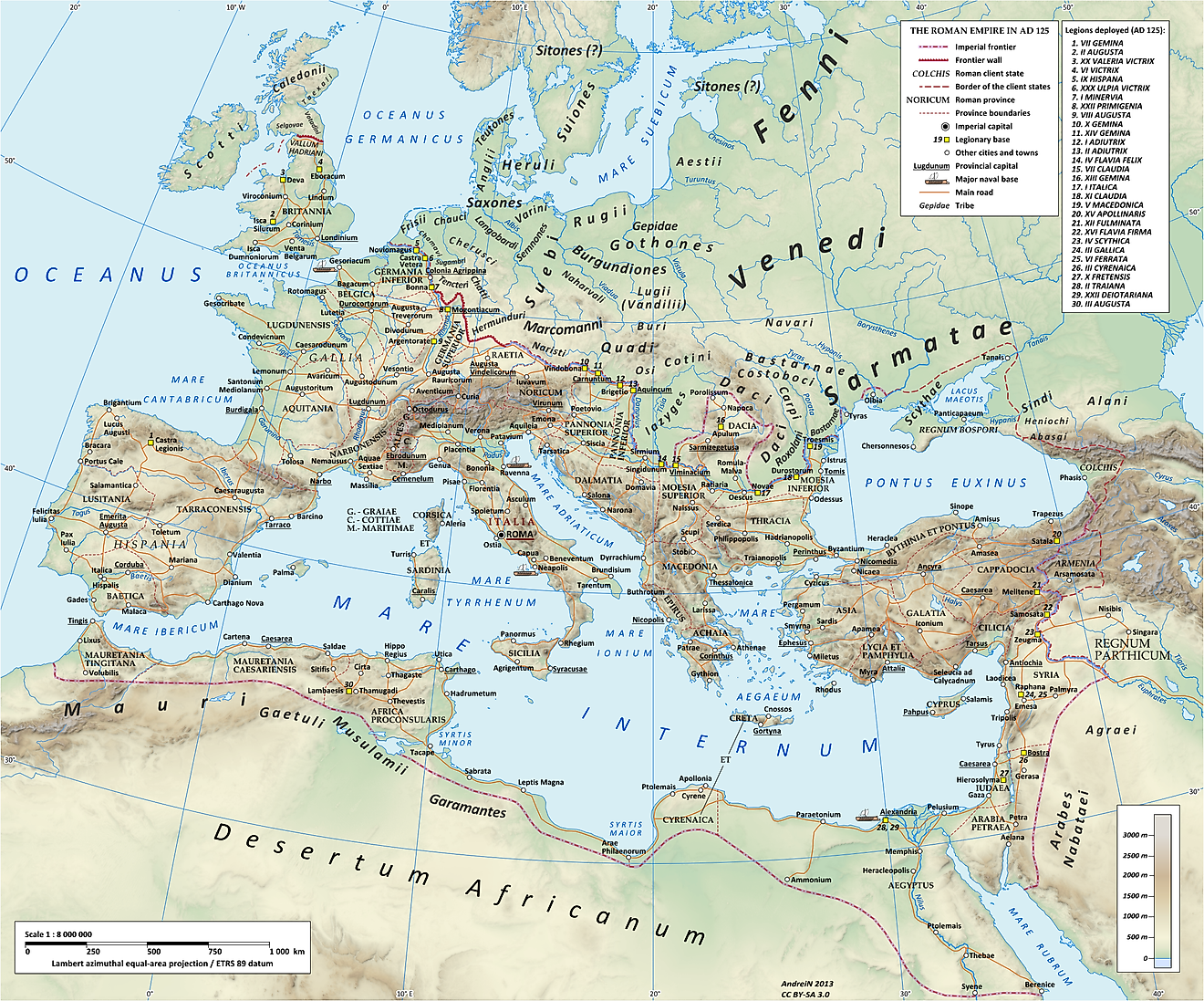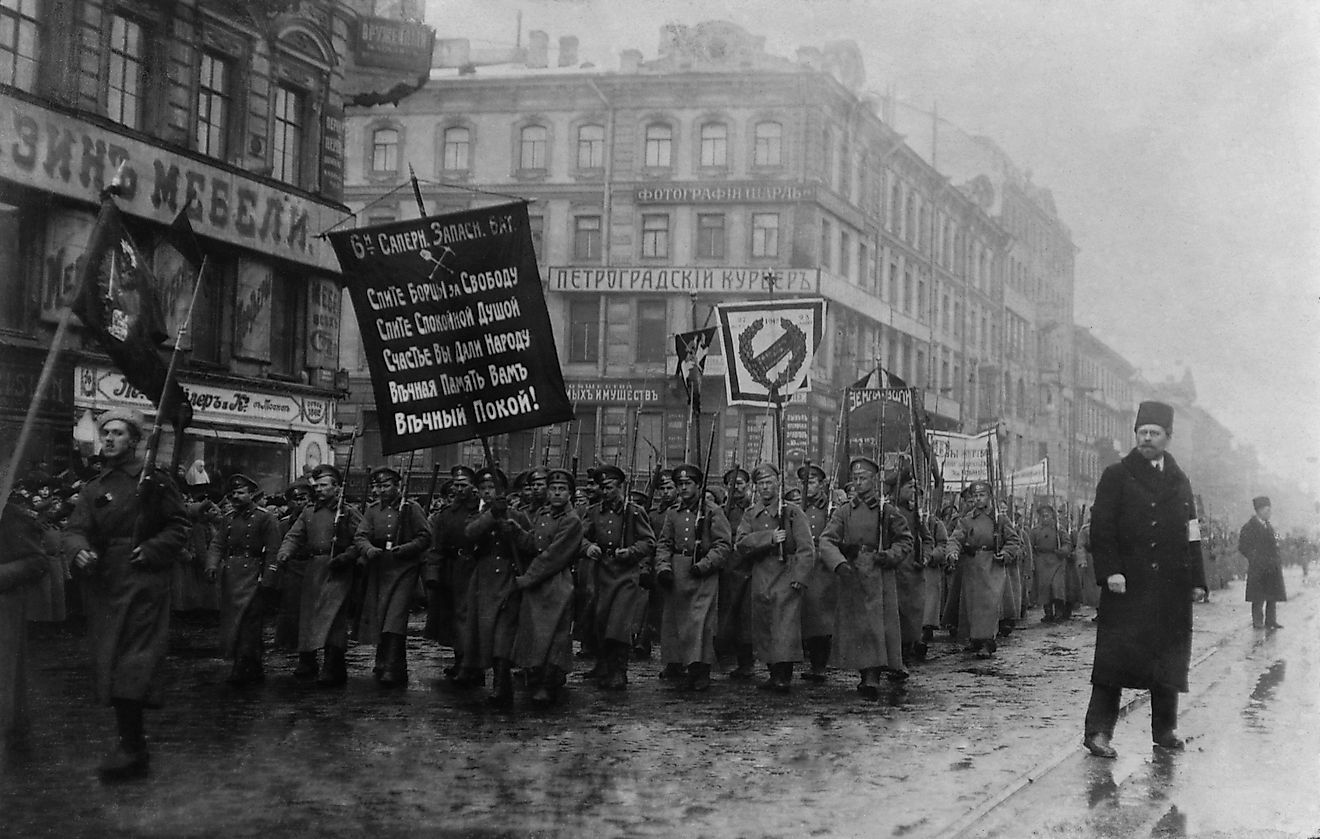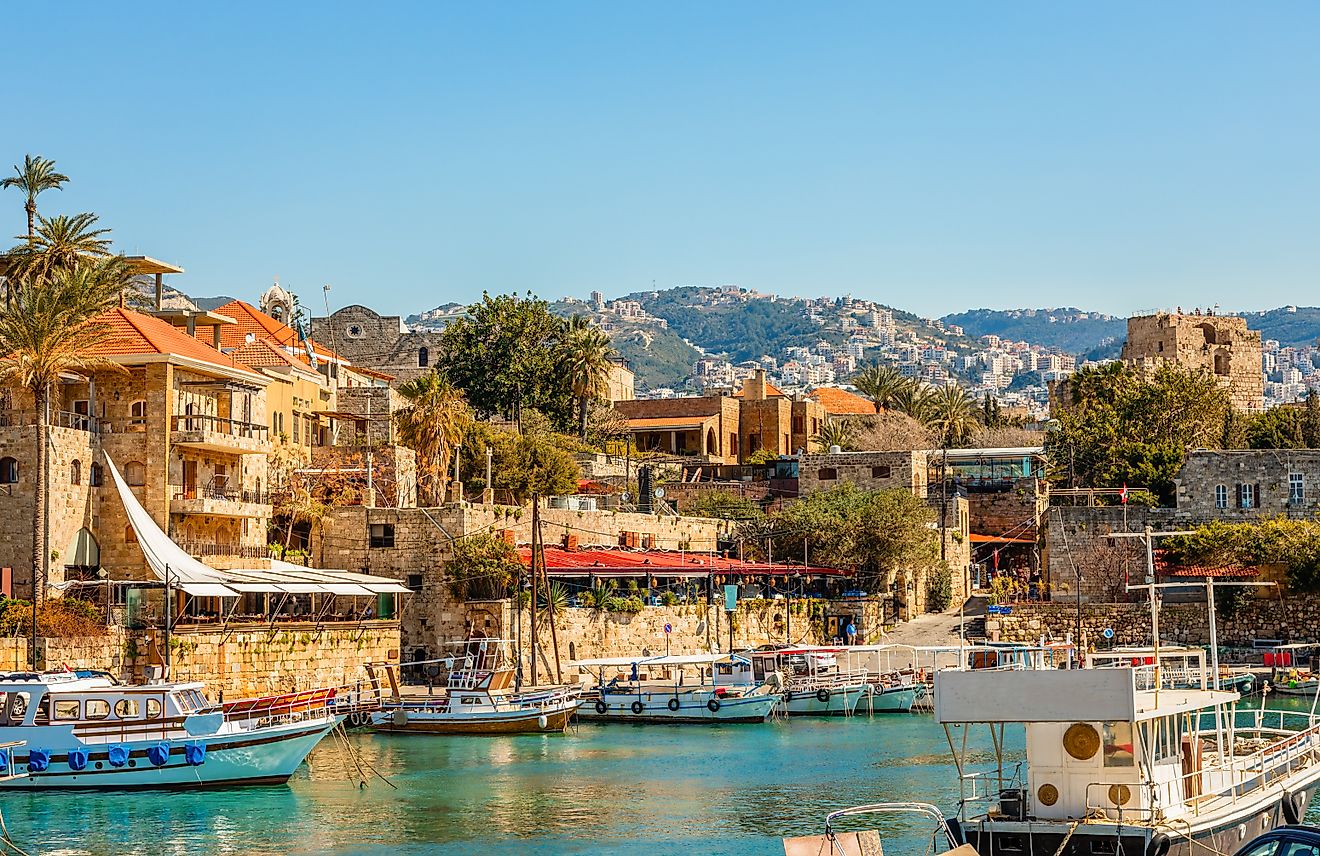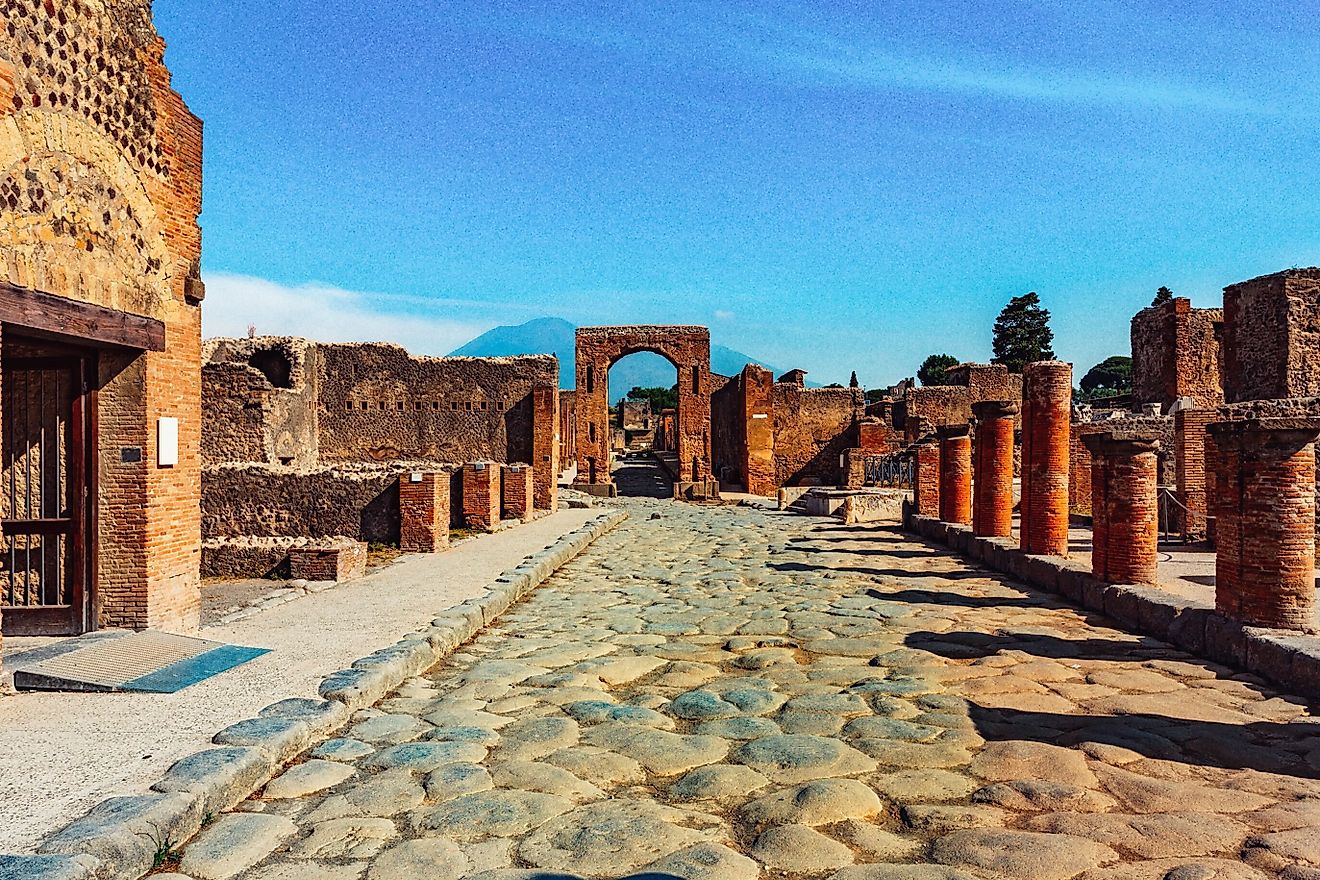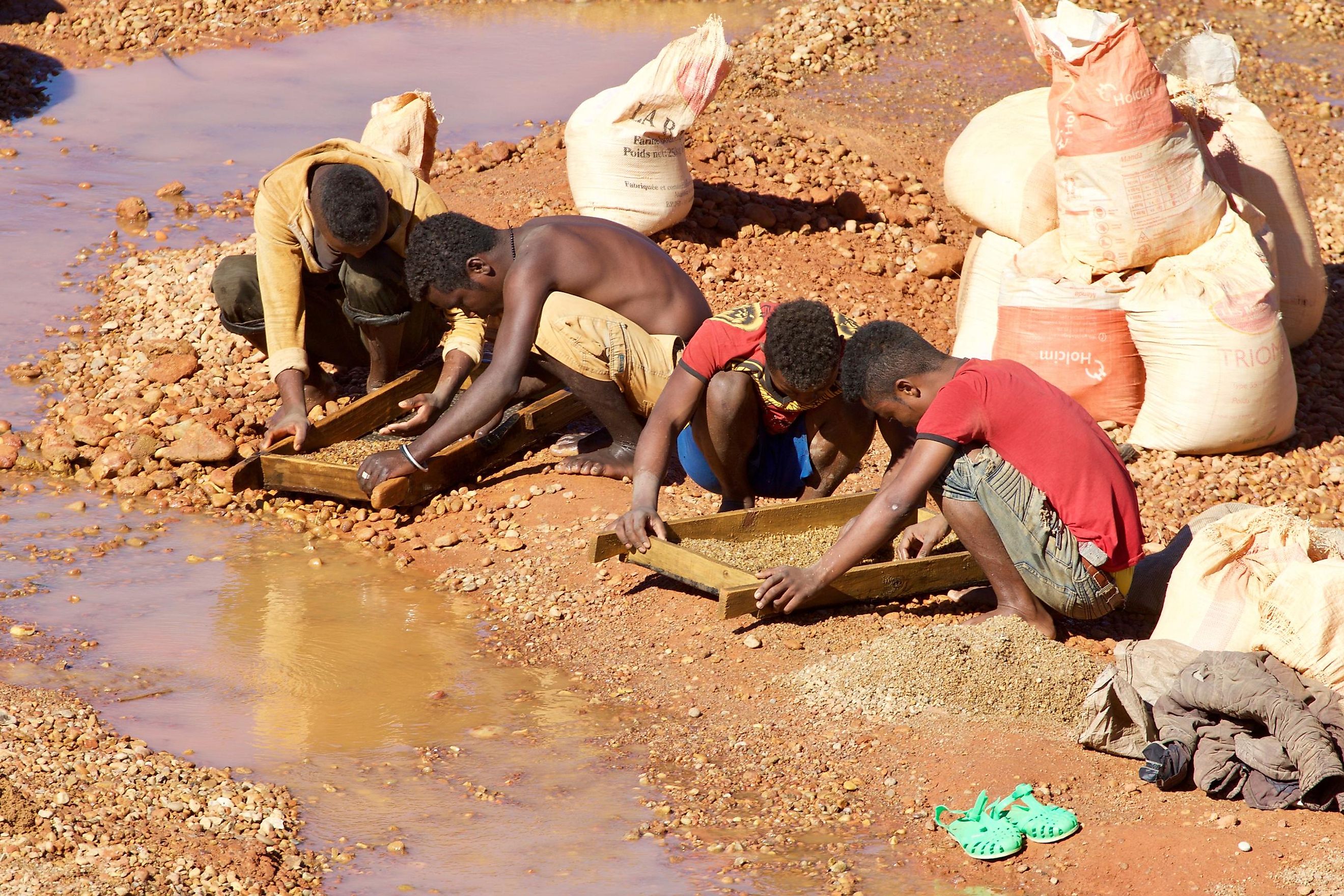
Countries Where Modern Slavery Is Most Prevalent
Slavery is far from a thing of the past. While it has been formally abolished worldwide, tens of millions of people (including an estimated 12 million children) find themselves in heinous and unfair working conditions, trapped in non-consensual marriages, and/or as victims of sexual exploitation. As of the 2021 report by the human rights charity group, Walk Free, as well as estimates by the International Labour Organisation, approximately 50 million people are currently trapped in modern slavery – an increase of almost 10 million people in the last five years. So what countries are the biggest offenders of slavery in the modern era? According to the most recent surveys, the following five top the list based on the number of enslaved people per 1,000 of the population. The situation is particularly rampant in the first two.
1. North Korea – 104.6 per 1,000
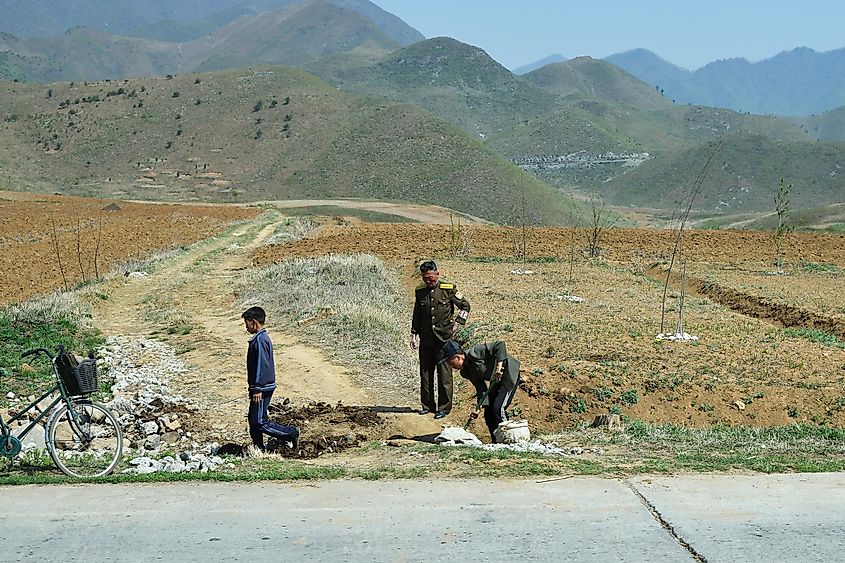
The notoriously isolated East Asian nation of North Korea (officially, the Democratic People's Republic of Korea) continues to be the biggest offender regarding modern slavery. Led by the enigmatic Kim Jong Un, the DPRK has been shown to use forced labor to work the coal, magnesite, zinc, and lead mines, predominantly throughout the North and South Hamgyeong Provinces. This practice began in 1953, at the end of the Korean War when 50,000 South Korean prisoners were seized and exploited. Not only has there been a multigenerational lineage of enslaved South Koreans, but citizens of the DPRK who have been deemed traitors or suspected defectors of the state have also been reported to face the same fate. While the government denies any wrongdoing, enough people with firsthand experience of the mines have escaped or otherwise come forward.
2. Eritrea – 90.3 per 1,000
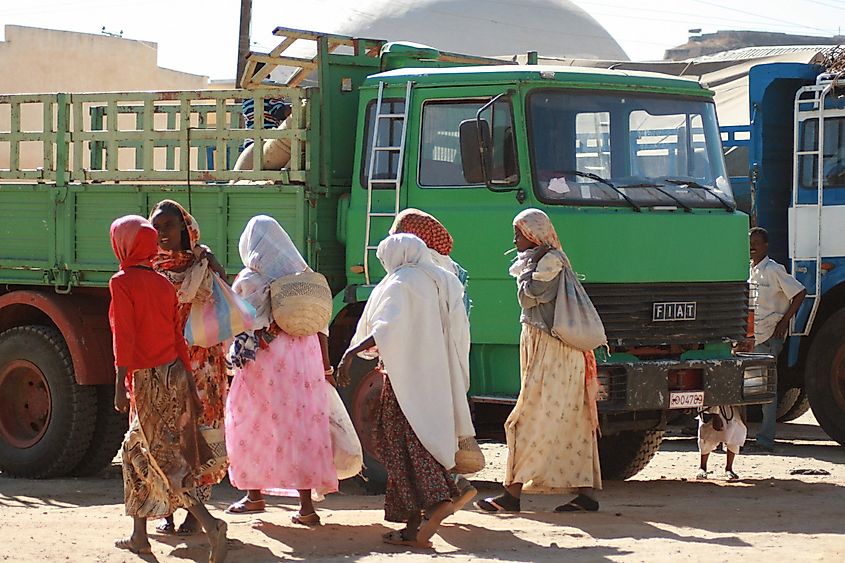
Eritrea is a country in East Africa, bordered by Sudan (West), Ethiopia (South), and the Red Sea (East). Eritrea gained independence from Ethiopia in 1991, with revolutionary fighter Isaias Afwerki taking charge of the new nation. In subsequent decades citizens between the ages of 18 and 40, but even as old as 50, have been conscripted into national service, which typically takes the form of military duties. This system involves low pay (if any at all), insufficient food, and inhumane conditions. Workers often log 72-hour weeks for between five to ten years, but in some cases, as long as twenty. During this time, conscripts are rarely allowed to see their families, but even if they do, the parents could be taken prisoner if the young men and women fail to return to their camps.
3. Mauritania – 32 per 1,000
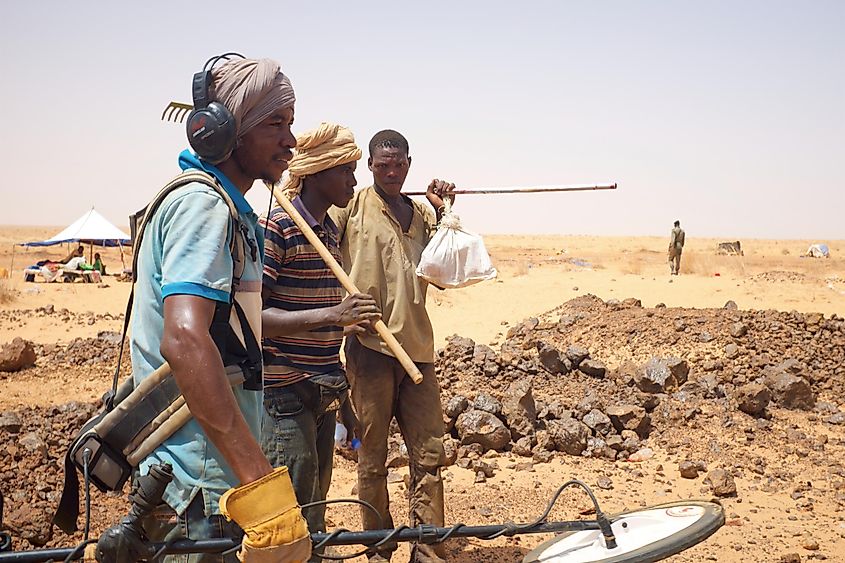
The last country in the world to officially ban slavery was the Northwest African nation of Mauritania. It did so in 1981. And while that is shockingly recent, the apparent illegal practice of slavery still subjugates tens of thousands of people in the form of forced labor and child brides – predominantly from the Haratine/Afro-Mauritanian minorities. It is estimated that half of local Haratines are enslaved on farms or in homes across the desert landscape, with no hope of release, education, or compensation. The roots of this system began centuries ago when Arabic-speaking Moors ransacked African villages – leading to a caste system based on skin color. The current government denies the human rights allegations that have been put forth by both former and current enslaved people, as well as mainstream journalists.
4. Saudi Arabia – 21.3 per 1,000
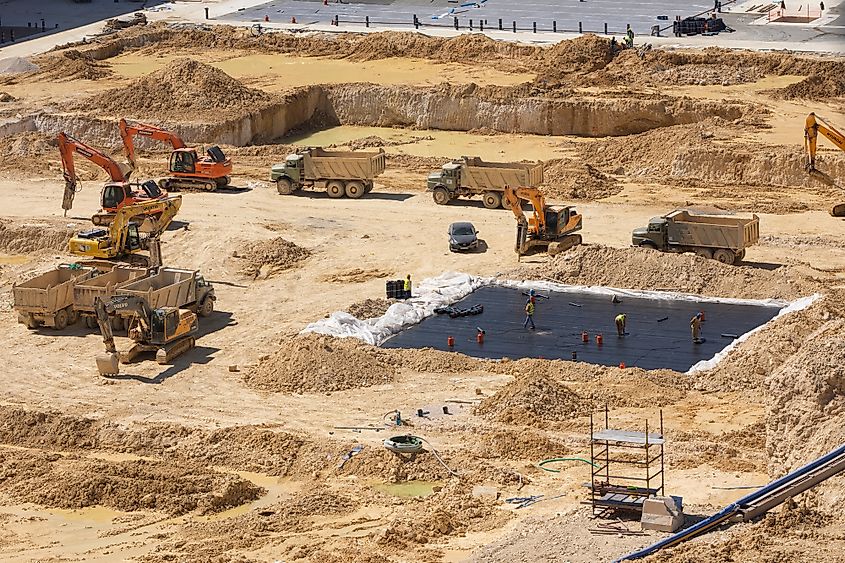
The West Asian/Middle Eastern country of Saudi Arabia, or the Kingdom of Saudi Arabia, as it is formally designated, is well known as the birthplace of Islam and is one of the leading producers of oil and natural gas. Unfortunately, it also hits the radar of human rights activists for upholding the kafala system, which opens the door to the subjugation of migrant workers by their local employers (or "sponsors"). Walk Free reports that migrant workers make up the overwhelming majority of the Saudi Arabian workforce, as well as the United Arab Emirates (which has an estimated 13.4 enslaved people per 1,000 people) and Kuwait (13 per 1,000). In recent news, the Kenyan government has been urged to take action as its citizens working as housekeepers in Saudi Arabia have reported physical, mental, and sexual abuse, and 89 deaths occurred largely amongst this demographic between 2020 and 2021. The Secretary of Labour responded by claiming that the harsh allegations represent only a fraction of the over 100,000 Kenyans employed in Saudi Arabia.
5. Turkey – 15.6 per 1,000
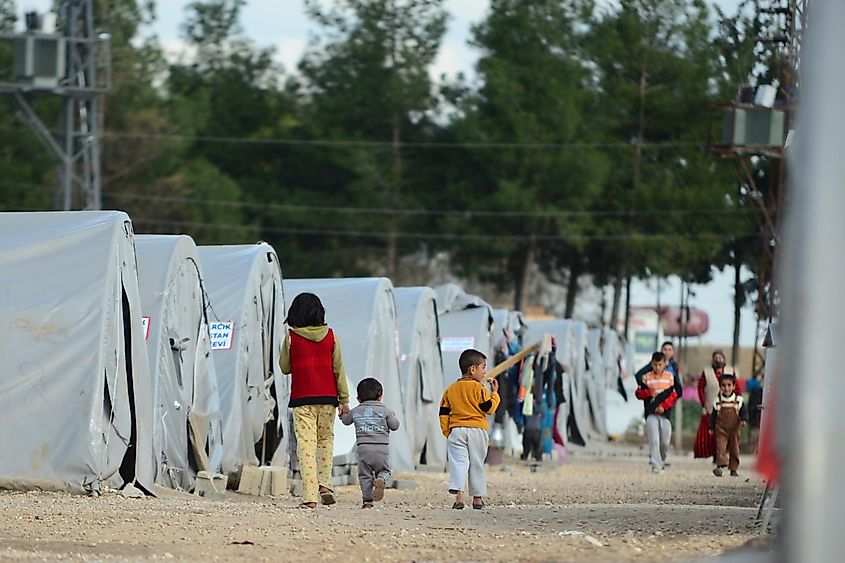
The Republic of Türkiye, commonly known simply as Turkey, is a transcontinental nation – located predominantly on the Anatolian Peninsula of West Asia, as well as a sliver of the Southern European Balkan Peninsula. The Global Slavery Index found that around 1.3 million people are experiencing some form of slavery in Türkiye – by far the highest prevalence in Europe and Central Asia. Walk Free also finds that while the government has taken some productive steps since the 2018 GSI, they still put forward the weakest mitigating response to modern slavery out of the 47 countries assessed in the region. Immigrants and refugees are vulnerable to labor abuses, while women and young girls (particularly Syrian refugees and the LGBTQI+ community) have fallen prey to criminal groups running sexual exploitation and human trafficking operations (figures from which are likely underreported).
Slavery In The Modern Era And The Influence Of Covid Pandemic
Human behavior can sometimes be wildly paradoxical – particularly when viewed along the historical continuum. If we deem others part of an "in" group, then great compassion and generosity are possible. However, if some trait or mechanism, whether it be skin color, religion, region of origin, political persuasions, age, etc., leads us to designate certain people as "others," then unspeakable atrocities quickly become a reality.
A typical connotation of slavery - forced labor, is common in low-income countries but far from exclusive to this category. In fact, supply chain demands from wealthier nations drive an estimated two-thirds of all forced-labor situations. Walk Free found that almost a half-trillion in U.S. dollar equivalent goods were possibly linked to forced labor production, and the ILO claims that 27.6 million people, 3.3 million of whom are children, are involved in this industry (as well as commercial sexual exploitation). Products topping this problematic list include electronics, clothing, palm oil, and solar panels – adding ever more complexity to the priorities of affluent nations. The remaining 22+ million people estimated to suffer from modern slavery fall into the category of forced marriages. Women represent two-thirds of this figure, although it may be more accurate to refer to them as girls, given that so many of the coerced brides are under the age of 15.
One of the cited reasons for the significant increase in modern slavery is the Covid-19 pandemic, which led to financial and educational interruptions, massive redistributions of wealth, a demonstrable increase in extreme global poverty for the first time in two decades – a desperate situation that indebted millions of people and doomed many to forced labor situations. Additionally, increased numbers of immigrants and refugees for reasons such as armed conflict and climate challenges placed many asylum seekers at risk of capture and exploitation.
Migrant workers, children, and visible minorities experience the greatest risk across not only these five highlighted nations but the larger list that follows.
Top 20 Countries Involved In Modern Slavery
| Rank | Country | Estimated Number of Slaves (Per 1,000 People) |
|---|---|---|
| 1 | North Korea | 104.6 |
| 2 | Eritrea | 90.3 |
| 3 | Mauritania | 32.0 |
| 4 | Saudi Arabia | 21.3 |
| 5 | Turkey | 15.6 |
| 6 | Tajikistan | 14.0 |
| 7 | United Arab Emirates | 13.4 |
| 8 | Afghanistan | 13.0 |
| 8 | Kuwait | 13.0 |
| 8 | Russia | 13.0 |
| 11 | Ukraine | 12.8 |
| 12 | North Macedonia | 12.6 |
| 13 | Myanmar | 12.1 |
| 14 | Turkmenistan | 11.9 |
| 15 | Albania | 11.8 |
| 16 | Belarus | 11.3 |
| 17 | Kazakhstan | 11.1 |
| 18 | Azerbaijan | 10.6 |
| 18 | Pakistan | 10.6 |
| 20 | Papua New Guinea | 10.3 |


